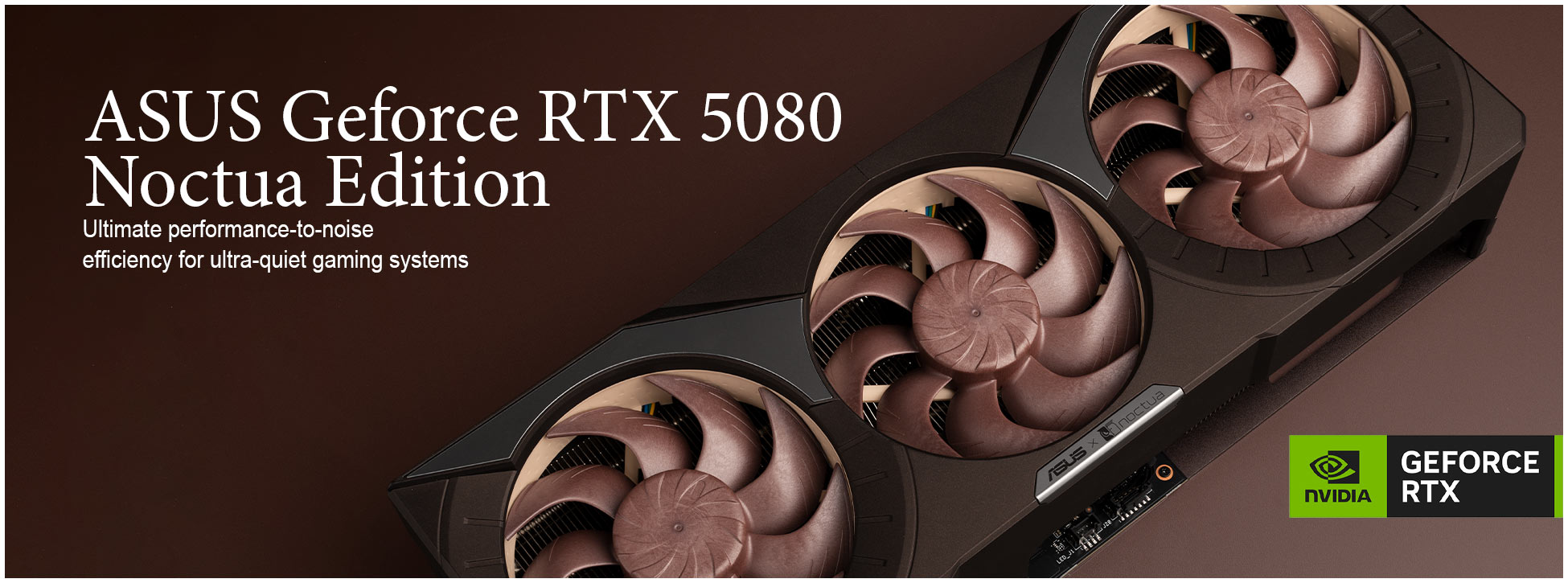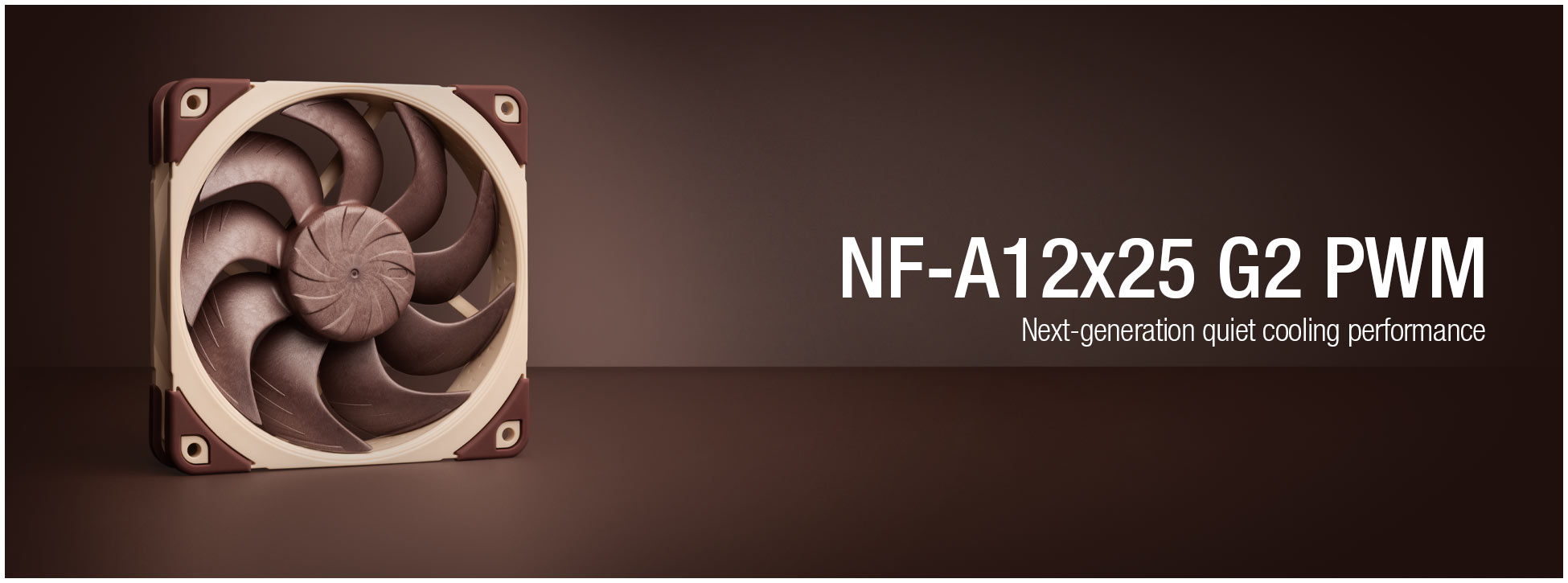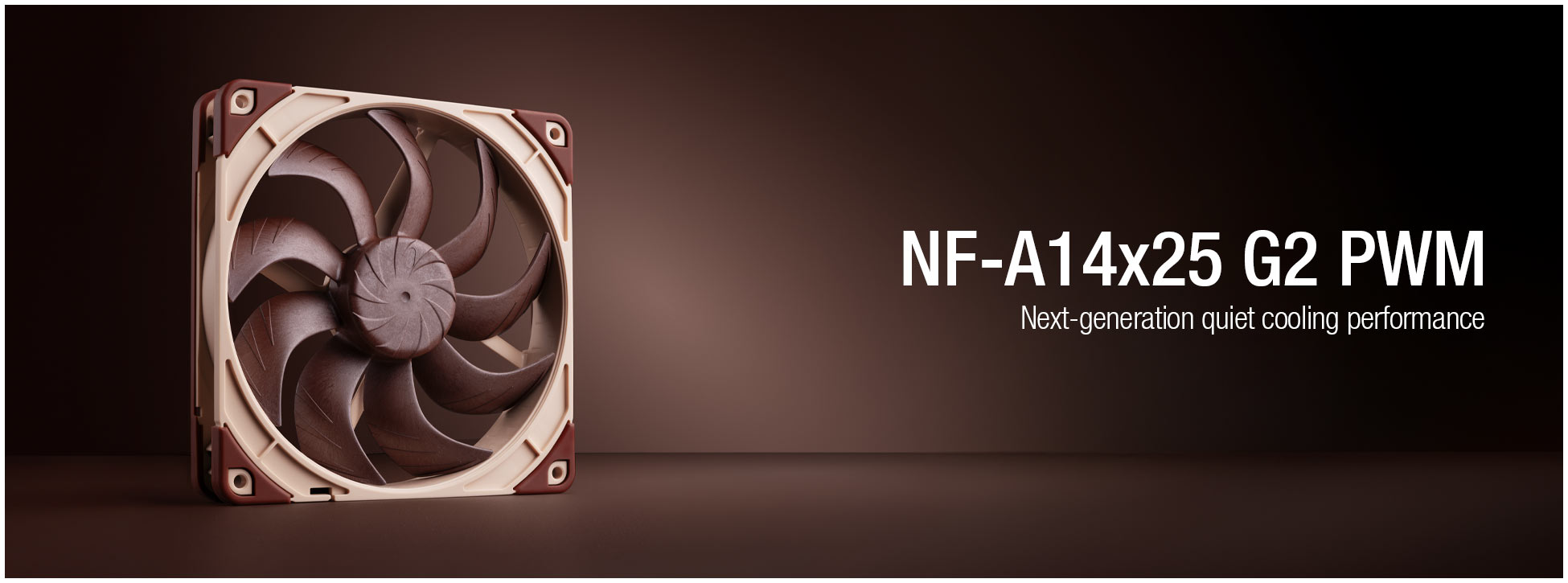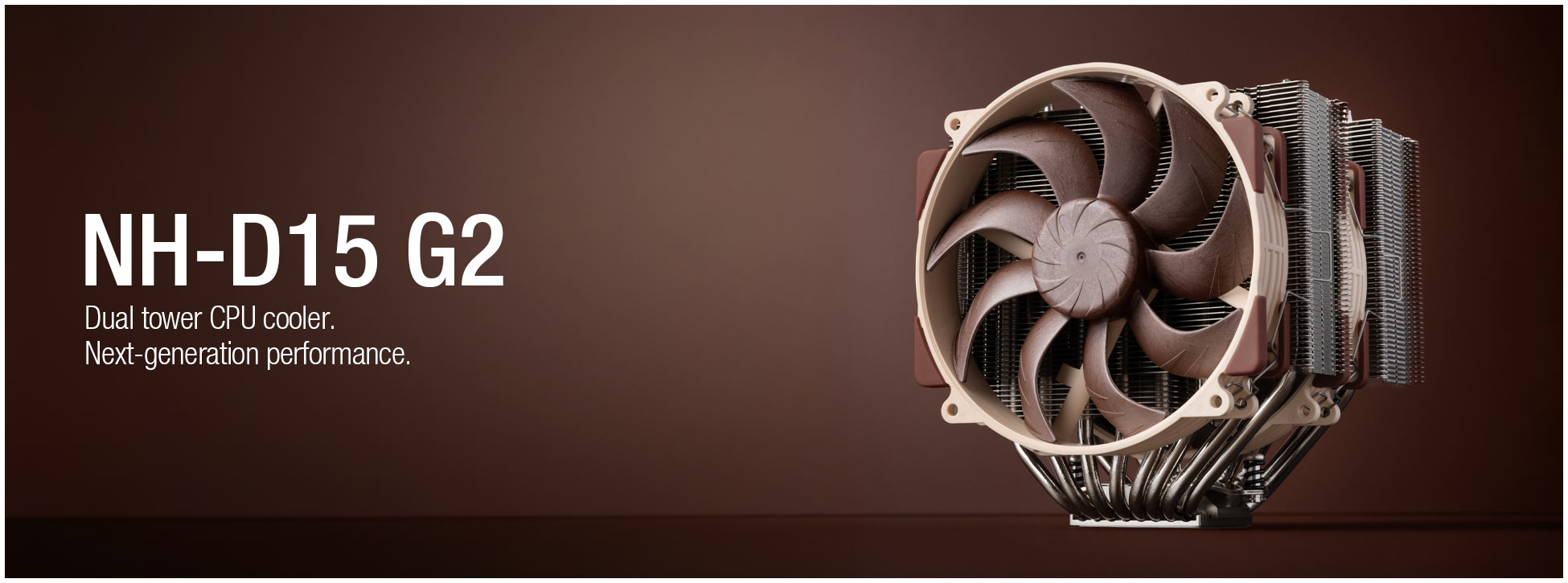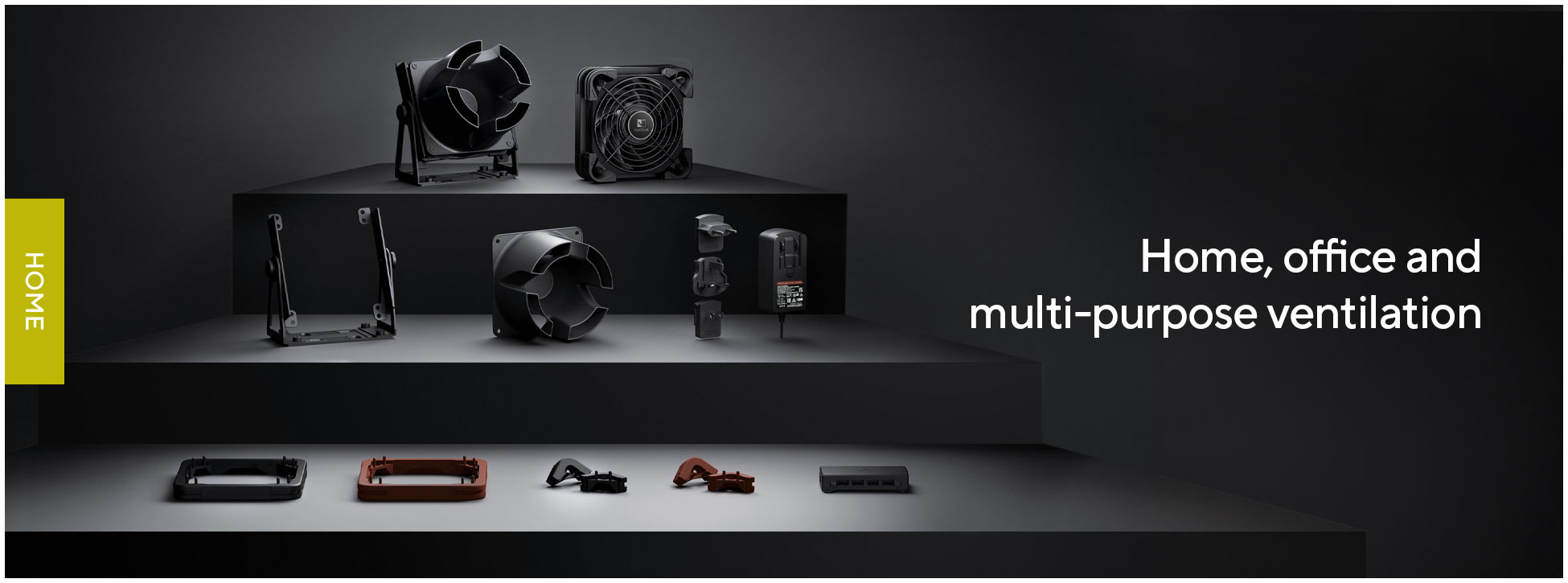How can our NF-A4x10 support astronauts on the International Space Station?
How can our NF-A4x10 support astronauts on the International Space Station?
To explain this, we first need to take a step back and discuss the challenges astronauts face while living on the International Space Station (ISS).
The challenge of sleep in space
The ISS orbits our planet at a velocity of approximately 28,000 km/h, meaning it takes astronauts only about 90 minutes to complete a full orbit around Earth. In other words, during what would be a 24-hour period on Earth, they experience 16 sunrises and 16 sunsets. Additionally, since there is no natural distinction between day and night in orbit, the personnel aboard the ISS lose their connection to the normal day-night rhythm that regulates their sleep cycles.
On Earth, the human body’s natural rhythm, or circadian rhythm1, is regulated by the 24-hour day-night cycle of the Sun. This cycle includes natural fluctuations in both brightness and colour temperature, signalling to the brain and body when it is time to wake up and when it is time to prepare for sleep.
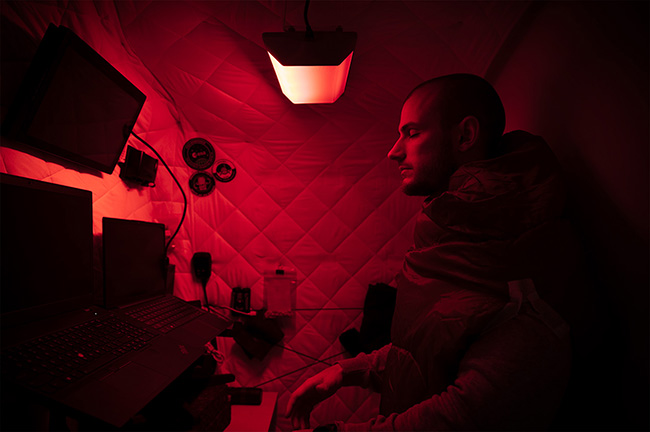
Since the ISS crew does not experience these natural light fluctuations, they face challenges maintaining a healthy sleep-wake cycle. Many astronauts struggle with waking up and experience difficulties feeling naturally tired when it is time to go to bed. Without the cues provided by the Sun’s natural light transitions, their biological clocks can become disrupted, leading to sleep disturbances and fatigue.
The impact of poor sleep on astronaut performance
A 2014 Harvard study2 examining the sleep patterns of 85 astronauts found that those aboard the International Space Station averaged only six hours of sleep per night, significantly less than the eight and a half hours recommended by NASA. The study also reported that 75% of astronauts used sleep medication during their stay on the ISS, which, according to researchers, could potentially compromise cognitive performance and alertness.
Beyond the absence of natural day-night cycles, several additional factors contribute to astronaut sleep disturbances. The confined sleeping quarters, persistent background noise from mechanical systems, and the psychological effects of isolation all play a role in sleep disruption. However, one of the most fundamental causes of space-related insomnia is the lack of natural light cues needed to regulate a healthy circadian rhythm.

Using artificial lighting to restore natural rhythms
As documented in ESA’s SciSpacE White Papers3, circadian desynchrony has been linked to significant impairments in cognitive and physical performance. As a result, further research is encouraged into the potential of artificial lighting mimicking the natural cycles of the Sun as a countermeasure, with the goal of both enhancing acute alertness and facilitating the synchronisation of circadian rhythms.
Solving sleep problems with light
A Danish architecture studio, SAGA Space Architects, has dedicated itself to solving the challenges astronauts face. Their space architecture focuses on human well-being, adapting Earth-centric design principles to make space feel like home, influenced by human evolutionary needs.

With the misalignment of astronauts’ circadian rhythms being a major challenge for space travel, it was an obvious issue for SAGA to address. Inspired by natural light on Earth, SAGA set out on a mission to develop a lighting solution to improve well-being in space.
The Circadian Light: A new lighting solution for the ISS
The Circadian Light is a specialized lighting system designed for the compact Crew Quarters aboard the International Space Station (ISS). It utilizes seven distinct types of LEDs, each emitting a carefully customized light spectrum to artificially stimulate circadian rhythms, closely mimicking the natural light cycles that astronauts experience on Earth.
The lamp features three independently angled light-emitting surfaces, each calibrated to emit specific wavelengths that either promote wakefulness or facilitate sleep onset. Unlike the existing lighting systems on the ISS, which rely on manual kelvin and brightness adjustments, SAGA’s light panel is automated, dynamically adapting its output to align with each astronaut’s individualized sleep schedule.

By carefully modulating hues and intensities, the Circadian Light simulates gradual sunrises, varied daylight conditions, and calming sunsets to reinforce astronauts’ natural biological rhythms. To compensate for the monotony of space, the lighting system introduces subtle variations in its output to replicate the natural fluctuations in daylight caused by shifting weather conditions on Earth.
The importance of sleep for long-term space travel
Human presence in space is evolving. Mission durations aboard the ISS are increasing, plans for a permanent lunar settlement are advancing, and concepts for Mars colonization are under development. However, for humans to thrive beyond Earth, addressing the challenge of sleep regulation is essential.
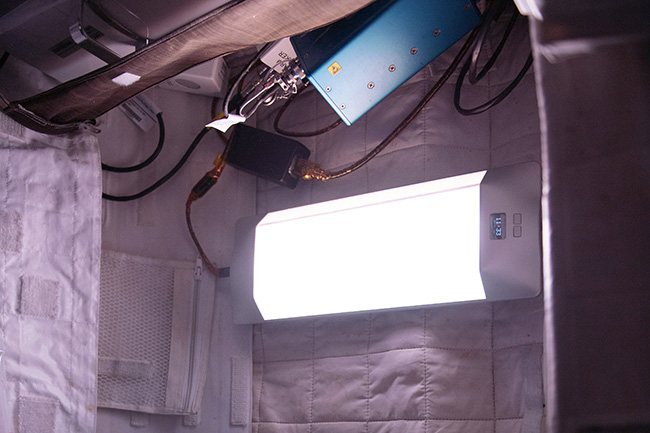
Without proper sleep, astronauts cannot maintain optimal cognitive and physical performance in the demanding environment of space. With the Circadian Light, SAGA aims to tackle this issue and improve the well-being of both current and future space travellers.
The role of the fan
So, how did a tiny Noctua fan end up orbiting Earth? On June 5, 2023, a Circadian Light assembly designed by SAGA was sent into space aboard the SpaceX CRS-28 Cargo Resupply Mission to the International Space Station. As part of the light assembly, a Noctua NF-A4x10 5V fan was selected as the go-to choice by the design team.
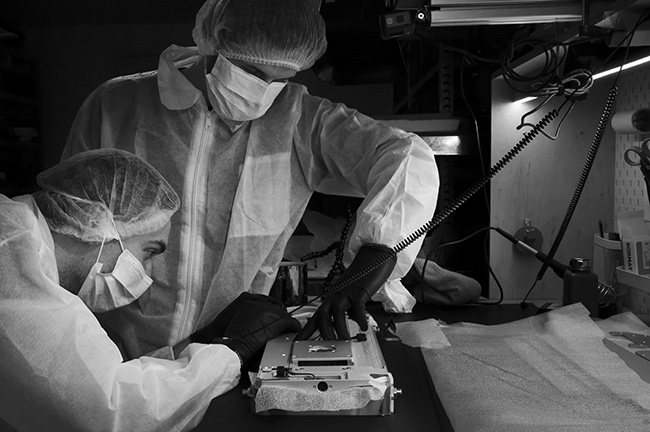
Even though the entire Circadian Light assembly is constructed from aluminium, justifying the term ”space-grade aluminium”, heat behaves differently in microgravity, and additional assistance is required for efficient heat dissipation. Since warm air has no weight in microgravity, natural convection does not occur. To prevent the lamp from overheating and to meet the strict integration requirements of NASA and ESA, the design studio opted for a small 5V, 40mm Noctua fan. The fan was chosen for the well-known reliability associated with Noctua products and its low noise output. In space, where total isolation enhances the transmission and reverberation of vibrations, low-noise operation and rotor blade stability are crucial.
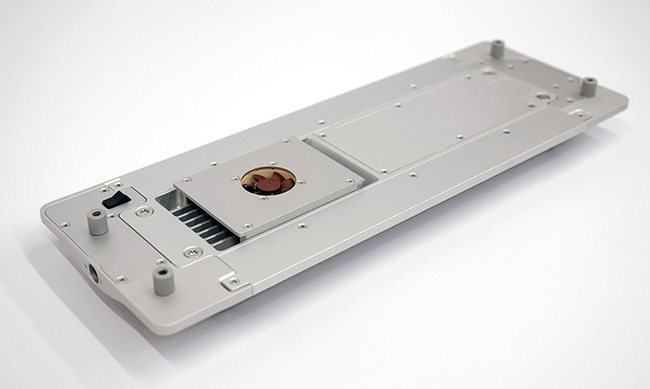
With there requirements met, a small Noctua fan is now orbiting the Earth at 28,000 km/h, 400 km above sea level.
Related products:
NF-A4x10 PWM
NF-A4x10 FLX
NF-A4x10 5V PWM
NF-A4x10 5V
NF-A4x10 24V PWM
References:
(1) William H. Walker II, James C. Walton, A. Courtney DeVries & Randy J. Nelson 2020. „Circadian rhythm disruption and mental health“ Translational Psychiatry volume 10, Article number: 28
https://www.nature.com/articles/s41398-020-0694-0.pdf
Your opinion matters!
We are excited to invite you to participate in our short website survey. It will only take 5 minutes of your time!

